 this country’s first World boxing champion!!! Claude is now 74 years old! Claude Noel (born 25 July 1948) in Roxborough, Tobago) is a former Tobagonian professional boxer. Former 3 time Commonwealth and World Champion Claude Noel, 31-10, 15 KO’s, had a career span from 1973-1984. His rise from selling fruit as a teenager to making waves in boxing is as simple and as recognizable as any outside of the Caribbean. Noel’s fighting career began when at school he seemed to always be fighting with other boys. Because he was spotted at an early age, he was advised to get some lessons – he did and then channeled that aggression in a more positive direction. Noel shot to world acclaim when he defeated Mexican Elgato Gonzales in 1982 for the World Title in the lightweight division. Following his victory, he was later honoured with the Chaconia Gold Medal and had a highway named after him in his native Tobago. Noel now resides in Trinidad. He has been undergoing severe health challenges but is continuing to keep the fight. For his last birthday, a post was dedicated to Claude celebrating his birthday on August 22nd, 1949 but was corrected by family as being July 25, 1948. The latter date is widely published online as the boxers birth date. (Source: Vitrual Museum of TT, July 26, 2022)
0 Comments
On July 13th, renowned Trinbagonian novelist, playwright and journalist Earl Lovelace celebrates his 87th birthday! He is known for his highly-awarded literary career that has spanned five decades, producing works such as: “The Schoolmaster” (1968), “The Dragon Can’t Dance” (1979), and “Salt” (1996) which was the winner of the Commonwealth Writers Prize in 1997.
Born in Toco on July 13th 1935, Lovelace was sent to live with his grandparents in Tobago until age 11, when he rejoined his family in Trinidad in 1946. As a young man, he worked as a proofreader at the Trinidad Publishing Company, followed by jobs with the Department of Forestry and the Ministry of Agriculture as a forest ranger. These positions gave him an inside look at what life was like in the more rural areas of Trinidad, which he then utilised in his writing. Lovelace’s books are distinct because as a native writer he covered topics indigenous to Trinidad and Tobago, such as Carnival, colonialism, and the banning of Spiritual/Shouter Baptists. His 1982 book, “The Wine of Astonishment” was written entirely in Trinidadian dialect. His first novel, “While Gods Are Falling”, was published in the United Kingdom in 1965. Lovelace moved to the United States the following year to study at Howard University, and in 1979 he published his third novel, the acclaimed “The Dragon Can’t Dance”. He also wrote its stage adaptation, and his work as a playwright continued during the 1970s, publishing, “My Name is Village” (1976) and “Jestina’s Calypso” (1978). Lovelace is also an accomplished newspaper columnist and university lecturer, having lectured in Literature at numerous universities abroad and at the University of the West Indies, St. Augustine. For his work, Lovelace was awarded a Guggenheim Fellowship in 1980, the Chaconia Medal (Gold) in 1988, and an honourary doctorate from the University of the West Indies in 2002. This photo is courtesy of the Trinidad Guardian Newspaper, August 23rd, 2015. This newspaper is part of the National Archives of Trinidad and Tobago Newspaper Collection. References: Ali, Shereen. “Bocas Lit Fest Pays Tribute to Earl Lovelace.” The Trinidad and Tobago Guardian, 2 July 2015. Bastien, Elliot, and Sandra Bernard-Bastien. World Class Trinidad & Tobago: An Area of Abundance: Profiles of Performance. Sekani Publications, 2006. Lovelace, Earl. The Dragon Can't Dance. Faber and Faber, 1998. (Source: National Archives of Trinidad & Tobago, July 11, 2022) RECOGNITION TIME: From left are Emmanuel Callender (Olympic gold medallist), Jamiah Harley (national swimmer), Diane Henderson (Trinidad and Tobago Olympic Committee president), Richard Thompson Trinidad and Tobago sprinter Richard Thompson and his 4x100 relay team-mates will receive a shared medal bonus of US$40,000 from the Trinidad and Tobago Olympic Committee (TTOC) for ‘outstanding performance, effort and integrity’ after waiting 14 years to collect their upgraded gold medal from the 2008 Olympic Games in Beijing. Thompson, Keston Bledman, Emmanuel Callender, Marc Burns and Aaron Armstrong are set to receive a total sum of US$40,000. TTOC president Diane Henderson also announced that the TTOC and the T&T Commonwealth Games Association (TTCGA) will distribute medal bonuses to national and elite level athletes who achieved podium status during the Pan Am Juniors and the inaugural Caribbean Games in Guadeloupe. “The long-overdue reward would be given to the relay team for their outstanding performance, effort and integrity after waiting 14 years to receive the upgrade,” Henderson said during a virtual media conference yesterday. “It takes a great amount of dedication, sacrifice and discipline in the pursuit of excellence. The TTOC and the TTCGA prides itself in being athlete-centred. This is to ensure the athlete has the necessary support, financial and otherwise to achieve and sustain world-level performance that is required to achieve greatness,” Henderson continued. She explained that the medal bonus programme was introduced in 2015 by former TTOC president Brian Lewis, with the initial being to reward individuals and team sports who achieve podium status at multi-sport games. “The TTCO would like to provide medal bonus of US$40,000 to the recipients of that gold medal, in light of their performance and the time they had to wait, 14 years. The reward and recognition for such a performance is...to signify that effort and integrity that they displayed and the pride they brought to our nation,” Henderson added. Thompson expressed his gratitude to the TTOC for showing appreciation for the achievement of the relay team. “Over the years, there are so much of sacrifices that are made, physically, emotionally, mentally and also financially by us athletes each year. When we represent with pride and honour, we also represent with integrity,” said Thompson. “At no point in time have we sold ourselves, our families or Trinidad and Tobago short. The fact that we are being acknowledged today, I think, speaks volumes of how the TTOC operates and it should encourage other organisations and corporate Trinidad as well to become more involved,” he added. Meanwhile, Bledman expressed appreciation to the TTOC for recognising the team’s effort. Also collecting bonuses yesterday were Kelsey Daniel and Tariq Horsford. All the athletes who medalled in the Guadeloupe 2022 Caribbean Games are also set to receive bonuses for their achievements. Henderson noted that the sum of the bonuses will ensure compliance with NCAA rules and regulations, in order to support athletes who are currently on scholarships in universities outside of T&T. MEDAL BONUS AWARDEES: Beijing 2008 Summer Olympic Games Athletics: Men’s 4x100m Relay Team (Medal Upgrade) Keston Bledman Marc Burns Richard Thompson Emmanuel Callender Aaron Armstrong 2021 Cali Panam Sports Junior Games Athletics: Kelsey Daniel (Silver, Men’s Long Jump) Tariq Horsford (Bronze, Men’s Javelin Throw) Guadeloupe 2022 Caribbean Games Athletics: 2 Gold (4x100m Women, Kion Benjamin Men’s 100m) 2 Silver (100m Women, Men’s 4x100m) 1 Bronze (Women’s 100m) Swimming: Gold: 3 Nikoli Blackman – Men’s 100m, 50m Freestyle Ornella Walker – Women’s 100m Freestyle Silver: 5 Ornella Walker - Women’s 100m Backstroke Nikoli Blackman – Men’s 200m Freestyle Mark-Anthony Beckles – Men’s 100m Butterfly Jahmia Harley – Women’s 50m Backstroke 4X100m Medley Relay Bronze: 3 Jahmia Harley – Women’s 100m Backstroke Aqeel Joseph – Men’s 50m freestyle Mark-Anthony Beckles – Men’s 50m Butterfly Men’s Futsal Team (Bronze Medal) Che Benny Darnell Hospedales Delaney Zamore Elijah Shade Isaiah Williams Kalev Keil Omri Baird Zion Mc Leod Josiah Joseph (Source: Daily Express, July 19, 2022) lake of mud: An aerial view of the mud volcano that erupted at Brickfield Village, Tabaquite, in July 2019. @Caption:—Photo courtesy Xavier Moonan, senior geoscientist at Touchstone Exploration. NEAR the village of Brickfield, in Trinidad’s interior, there is a woman who walks the main road most days, talking to herself, and to anyone who has time to spare. One morning in July 2019, she stopped at a roadside carat shed outside the Agriculture Ministry’s Forestry Division office and told an incredulous story to the workers. It was about what she had heard coming from deep in the bush while walking along a lonely stretch of the Tabaquite Main Road the week before. There was an explosion in the forest, she told them, and a sound like thunder, and then the crackling of falling trees. Birds flew from the direction of the sound, she said. Then there was silence. The forest workers suspected they knew what was the source of the disturbance. So the gang of seven, whose job it is maintain vast acreages of teak in a part of Trinidad desperate for development, went in search. Trees snapped like twigs: The force of the mud volcano against the trees. With chainsaws and cutlasses, they cut a path into the woods off Colonzo Trace, and walked more than a kilometre before abandoning the effort. All they found was deepening bush, and too many snakes, according to Forestry worker Suresh Roopnarine. But there was still some daylight left, and curiosity got the better of them. So they decided to clear an old timber access road, and chopped a path for about two kilometres before coming upon what the woman had heard. A mud volcano had erupted to life, tearing down the forest trees, and clearing an area of at least two acres. In the midst of greenery, they found a roiling lake of mud and severed trees. And it continues to throw up new deposits, slowly expanding outward, the Express noted during a visit days later. Surreal sight There were no houses nearby. The nearest resident, living about three kilometres from the site, said he had no idea it had happened, and had no plan to visit “a big hole in the ground”. The damage done was to the forest trees, many pushed over by the mud flow, others snapped like twigs. It is a surreal sight. A lake of mud surrounded by a wall of trees, in the shape of a footprint. The new mud volcano is located about eight kilometres east of the Piparo mud volcano, which erupted in February 1997, burying the roadway, homes and vehicles. And the last time there was an eruption of this magnitude was February 2018 when the dormant Devil’s Woodyard mud volcano belched to life and disgorged mud 100 metres wide and 1.8 metres deep. Senior geoscientist at Touchstone Exploration Xavier Moonan and members of the Geological Society of Trinidad and Tobago Keston Brown and Stefon Harrypersad trekked into the forest and conducted an initial study. Said Moonan then: “The flow is fairly recent... we can’t estimate exactly when. The leaves of the trees that fell due to the mud flow are still green, but we were advised by experienced foresters that these particular trees can remain with green leaves even after they have been felled for months. The mud itself hasn’t been weathered much, and the flow structures are still very distinct, so I would estimate it happened in the last couple weeks at maximum.” He said from the historical data and satellite imagery, it appears that the July eruption was the first large-scale one since at least 1940. 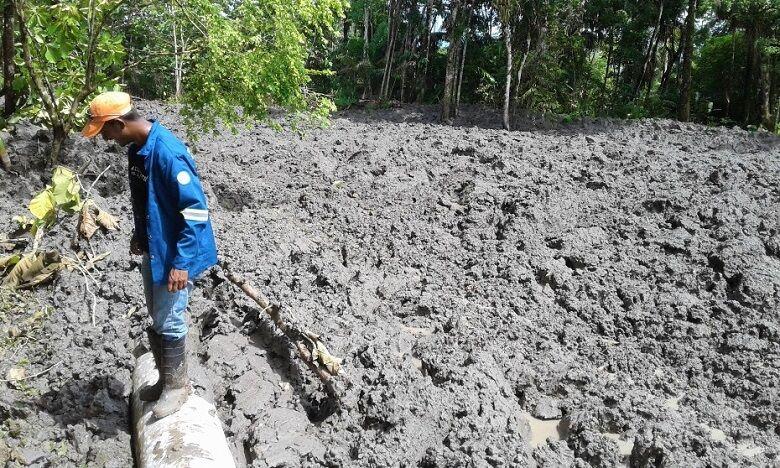 Expanding outwards: The mud volcano that erupted in Brickfield Village Moonan’s information was corroborated by village elders who recall visiting the site decades ago and seeing multiple conical vents in the forest before the woods became impenetrable and the site passed into memory. Call it Polly Maharaj
So, what caused the eruption? Faults are breaks in the rocks and can extend to significant depths in the earth. The Brickfield mud volcano is located on what geologists know as the Tabaquite fault. At depths below the Tabaquite area, there are sands with oil, gas and salt water trapped by clays. The movement on the fault allows the trap to break for an instant, allowing the water, oil and gas to escape, said Moonan, who is also vice-president of the American Association of Petroleum Geologists Latin America and Caribbean region. The fluids travel upwards to the surface where they pick up bits of rock—clay, sandstone and limestone along the way, and this is the mud flow that we see when it explodes at the surface. And although the Piparo mud volcano is nearby, it is not related to the Brickfield mud volcano since they occur on separate faults, said Moonan. Regarding the size of the eruption, Moonan said the mud flow covers an area similar to the size at Devil’s Woodyard. The team measured the maximum length of mud flow at 165 metres (a football field is 110 metres in length) and the maximum width at 76 metres. The geologists said the mud flow was expelled in a north-westerly direction along a three-degree gradient slope, with the flow turning to the north at approximately 33 metres downslope. And the estimated volume of mud expelled? It’s 1,740 cubic metres or approximately 11,000 barrels. The mud flow is much less thick than that which was observed at the Devil’s Woodyard eruption, hence the volume is significantly less. Despite this, the force of the eruption was just as damaging, felling lots of trees in its path. And for adventurers interested in seeing this natural phenomenon, there is a warning, It’s not near a road, so be prepared to hike along a forest trail, on State lands. And there will be snakes. Do not go alone. Do not go at night. Walk with water. Wear the right footwear. It’s going to be muddy. And you can call it Polly Maharaj. That’s the name of the woman who discovered it. (Source: Daily Express, July 13, 2022) It's been said that you can find a Trini everywhere, and where a carnival is, a Trinbagonian is known to be behind it. This is the case with the new carnival being born in South East Asia, Indonesia, on the island of Bali. Caribbean Vybez founder Ethan Auguste who first went to Bali in 2019, is organising this first Trinidad and Tobago-themed Carnival in the S.E.A. region. Auguste is no stranger to promoting his culture. He is also known as the pioneer who brought Caribbean culture to the United Arab Emirates back in 2009 and now in Bali. Although Reggae is no stranger to these parts, Trinidad and Tobago's Soca and Carnival is, and this was the mission of Caribbean Vybez when deciding to make Bali its new home three years ago. Bali Carnival planned from September 23 to 28, is already making waves. The event, which takes place at the new Renaissance Bali Hotel, Nusa Dua, will start with a welcome event and continue to the hotel's Atomic 13 pool venue for Glow, the all-white affair on day one. Carnival goers will then don their costumes designed by Trinidadian Aaron Schneider and produced in Bali. Revellers will take to the road for the first Carnival inspired by The Greatest Show on Earth - Trinidad and Tobago Carnival, which leads into a las lap celebration scheduled to go till late in true Trini style.
Bali Colour Festival which will run on the following day will host a special J'ouvert on the beach, followed by a Caribbean Soul Concert with a lineup of top Caribbean talents on the last day of the main activities. "It's been one of my dreams over the years to produce a carnival, and coming to Bali, I saw the potential to create not just a carnival event but an experience many other carnivals don't have in a destination people have on their bucket list. Bali Carnival would hugely boost Bali's tourism during their slower period," Auguste said via a press release. With destination events becoming popular, Auguste is confident that Bali Carnival will secure its place in the carnival calendar, one that all carnival fans would not want to miss. From steelpan to the cuisine of T&T and the Caribbean, this carnival experience promises to be a diverse and captivating affair. To join the inaugural Carnival, visit their website www.balicarnival.com and follow their Instagram @balicarnvial for updates and packages. (Source: The Loop, July 12, 2022) If SHURVONE BRATHWAITE could speak to his teenage self, he’d simply say, “Chill dude. It’s going to be okay.” As a music teacher and performer, this Tobagonian made the “journey of self-discovery” while convincing his mother he wouldn’t be a “starving artist.” Now, close to 12 years later, he believes that he is doing what he is placed on earth to do at this stage in his life. According to Shurvone, “music has been one of the few things that remained constant in my life. There is a song or piece for every emotion I am feeling. Music has taught me the importance of being diligent and focused.” Here is Shurvone’s MENtions story:
—- I had what may be considered a normal childhood. When I wasn’t inside studying or helping with chores, you can find me most times in front of the television watching my favourite shows or outside riding my bike or playing. Up to age of 18, I would either be at my family home or spending time at my great grandmother’s house, which was my second home. My great-grandmother was the rock of our family. She left a financially stable but stressful marriage in Toco to build a new life for herself in Tobago. She worked diligently to raise her children alone. Then when conflict presented itself later in her life, she took some of her grandchildren and raised them as her own. She took care of me by babysitting my sister and I when my mother took night classes to pursue tertiary studies. She left this earth in 2010 knowing she did everything she could to improve our family name and our lives. Those of us who listened to her life lessons are grateful to her and to this day, we still make reference to her in conversations. While my great-grandmother had a great impact on my life, as most Tobagonian matriarchs do on the lives of their children and grandchildren, my mother has been an amazing force. She instilled the value of education from as early as I can remember. I saw first-hand how having an education benefited her and my household, so I knew that I had to follow closely in her footsteps. Looking back on how things played out over time, it isn’t strange that I found myself working in education, instilling the same values my mother instilled in me, to my students. My journey to music education My teachers and friends knew where I was heading before I even considered it. My mother, herself an educator, needed some convincing about my journey into music. I don’t blame her for being sceptical. I’m sure it wasn’t easy for her to hear that I wanted to study music after being a science student in secondary school. We have all heard the “starving artist” story. Yet, she supported me along the way and takes the time to learn about what I do as a musician. I am thankful for her continued support and love. My music teacher at Bishop’s High School Tobago, Mr. Anthony Moore planted the idea of being an educator in my head. After completing CAPE (Sixth Form), I was looking at options for my “gap year” and he suggested that I apply to the Division of Education to be a music teacher. I was already seriously considering studying music and I wanted to experience the school environment from the teacher’s perspective. In September 2010, I walked onto the compound of Roxborough Secondary School and now, almost 12 years later, I know the school environment is one of the places I enjoy spending my time. I am often asked how do I add value to my students’ lives. My response is “by first being human”. I enter my first class with the intention to show them full respect and my aim is to teach music as well as how to be a good human being. “A song for every emotion” Music has been one of the few things that remained constant in my life. There is a song or piece for every emotion I am feeling. Music has taught me the importance of being diligent and focused. As a child, I would constantly get in trouble for humming while people were talking to me. The reason for this is I would be humming the melody of a piece or song that reflected my emotion. Just imagine being scolded for something you did and then as you walked away, your Caribbean Mother heard you humming a “chune”. Lol! I eventually learned that the humming can be viewed as disrespectful, so I started to run my “chunes” in my head. My motivations I’m motivated by my ability to convey the thoughts and emotions of composers through sound. The subtleties of aiming to communicate what a composer was feeling thousands of years ago motivates me in the rehearsal space and is the driving force behind every performance. On an individual level, I’ve also been motivated by Yevgeny Dokshansky, Anthony Woodruffe and Rodrick Urquhart (RIP) who all played a role in my development as a performer. In terms of music educators, I look up to Patrice Cox-Neaves, Dr. Leah Brown, Dr. Roger Henry, Deborah Moore – Kushmaul and Caitlyn Kamminga. As a performer, I have a long list of musicians I love listening to and have found myself adopting certain elements of their performance style. I am inspired by my students as well, the good and the misguided. To my students or anyone thinking of a career in music or as a music educator, I say, if it makes you happy and you can’t see yourself doing anything else, do it. It’s a labour-intensive journey so buckle up for the ride. Be prepared to give it your all. – Shurvone attended St. Andrew’s Anglican, St. Nicholas Primary Schools and Bishop’s High School, Tobago. Between 2011 and 2021, he pursued studies at The University of Trinidad and Tobago, Framingham State University, and UWI – ROYTEC and holds an undergraduate degree in Music (Performance and Ethnomusicology Track), a Master’s degree in Education (Teaching), and a Certificate in The Business of Entertainment. (Source: MENtions,May1, 2022) Whitehall was built in the early 1900s by Joseph Leon Agostini, a cocoa planter, as the largest private residence along the Maraval Road strip at Queen’s Park West.
Some accounts say it was built in 1904. Others say construction began in 1904 and took three years. The mansion was originally called Rosenweg (path of roses), and was designed to reflect Agostini’s Corsican heritage (Moorish Mediterranean style) as he was born in Corsica in 1839. After Agostini’s death in 1906, his family remained in residence until 1910 when, unable to meet mortgage payments, the mortgagee, William Gordon Grant, foreclosed. The property was then sold to Robert Henderson, an American businessman from Venezuela. The Henderson family renamed the mansion Whitehall after the coral stone from which it was built. During the Second World War, with the arrival of the United States Forces to Trinidad, Whitehall was commandeered from the Seigert family, heirs of Robert Henderson, as headquarters of the Air Raid Precaution. In 1944, the British Council rented the building as a cultural centre. Later, the Trinidad Central Library, Regional library, National Archives, Government Broadcasting Unit, Trinidad Art Society, and the Cellar Club all rented or occupied space in the building. From 1949, the building remained empty until 1954, when it was purchased by the Government of Trinidad and Tobago. In 1957, Whitehall was occupied by the Pre-Federal Interim Government prior to the establishment of the West Indies Federation in 1958. In 1963, after the Federation had collapsed, it became the Office of the Prime Minister occupied by Dr. Eric Williams, T&T’s first Prime Minister after Independence. Restored in 2000, Whitehall continued to be occupied by the Office of the Prime Minister of the Republic of Trinidad and Tobago until 2009. After some deterioration and $32 million in restoration work, Whitehall has been resumed as the home of the Cabinet in August 2019. (from Donimic Kalipersad, May 10, 2022) . . . Sources: National Trust of Trinidad and Tobago; Josh Lu |
T&T news blogThe intent of this blog is to bring some news from home and other fun items. If you enjoy what you read, please leave us a comment.. Archives
June 2025
Categories
All
|



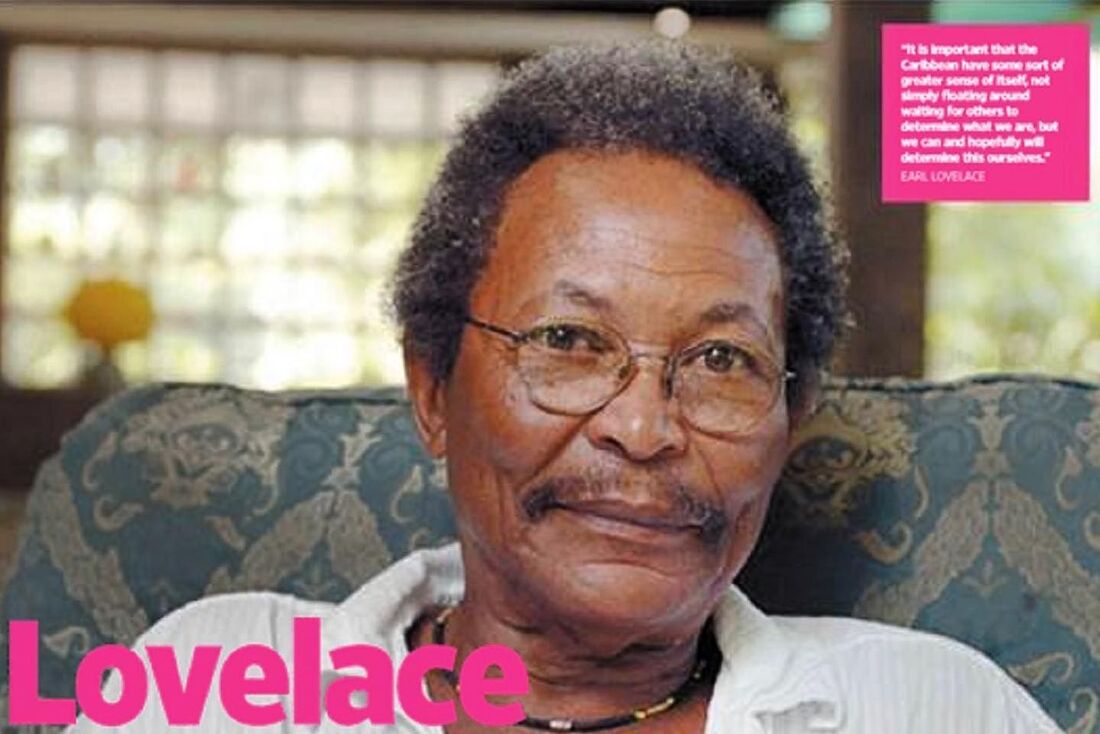


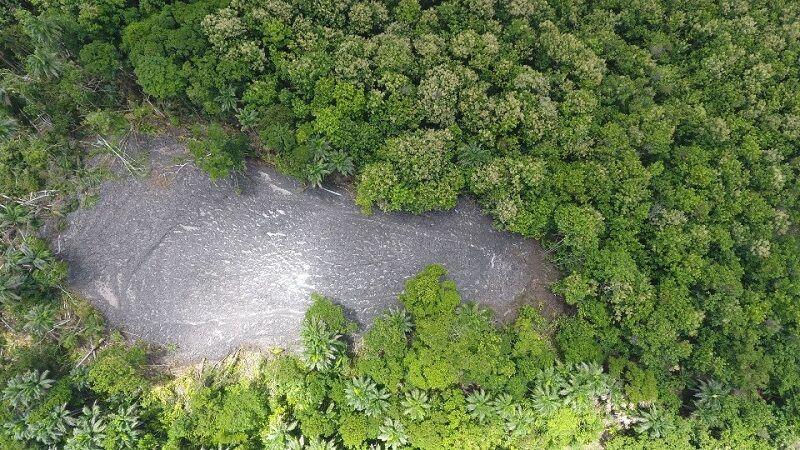
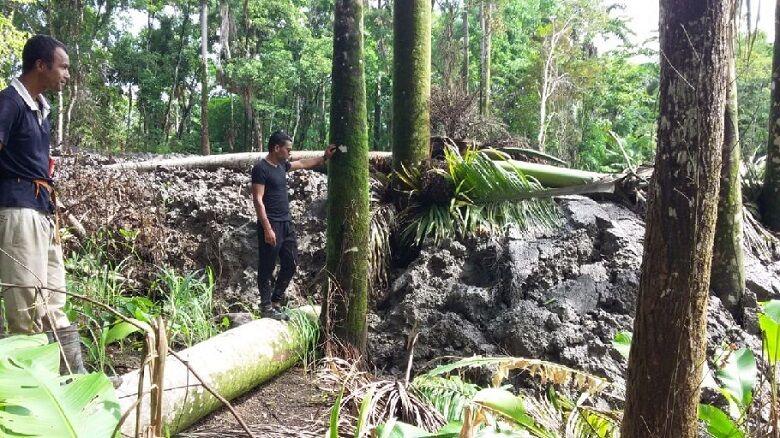
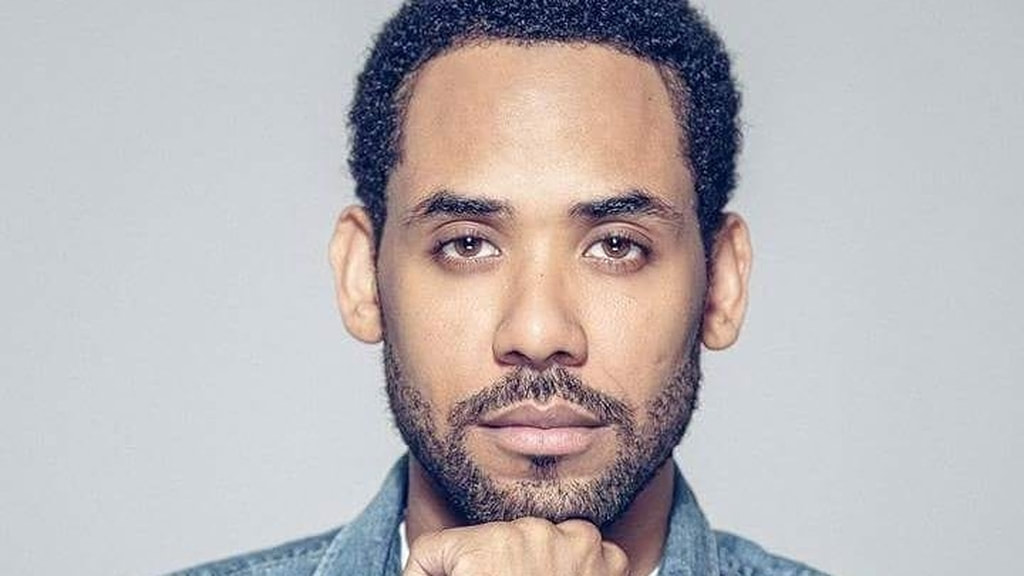

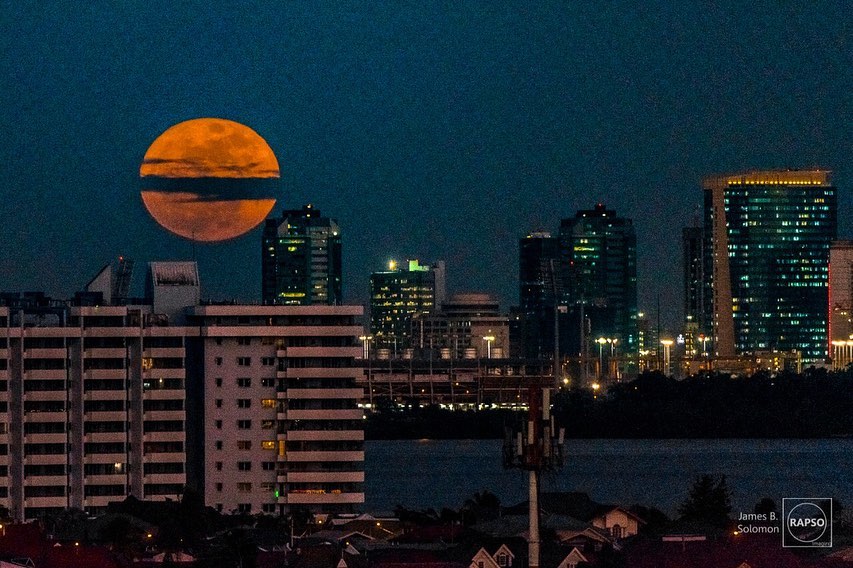
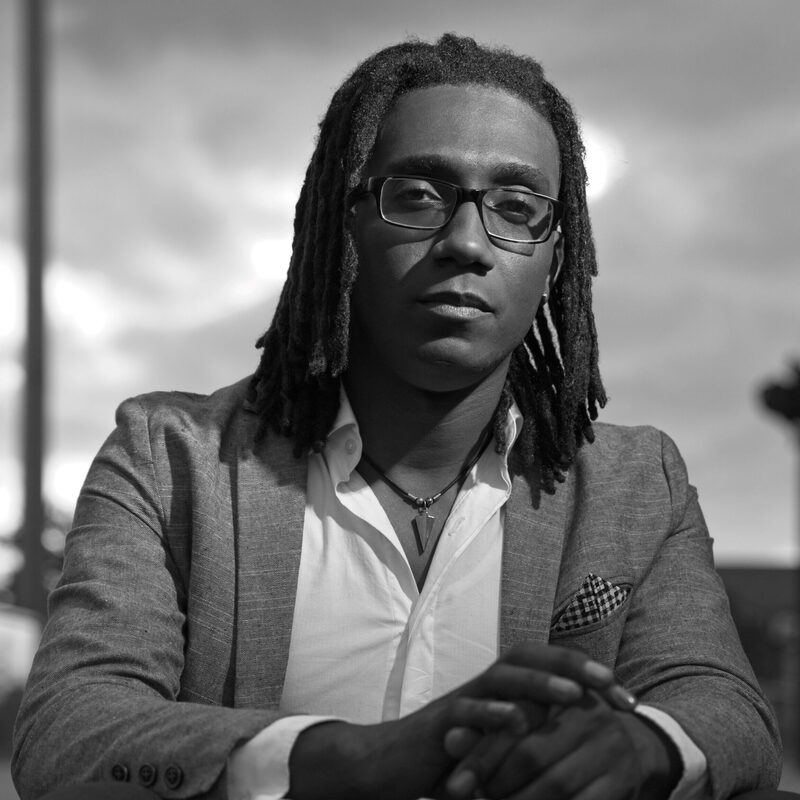




 RSS Feed
RSS Feed